Development Goals towards Sustainability
- SDG 1: No Poverty.
- SDG 2: Zero Hunger.
- SDG 3: Good Health and Well-Being.
- SDG 4: Quality Education.
- SDG 5: Gender Equality.
- SDG 6: Clean Water and Sanitation.
- SDG 7: Affordable and Clean Energy.
- SDG 8: Decent Work and Economic Growth.
- SDG 9: Industry, Innovation and Infrastructure.
- SDG 10: Reduced Inequality.
- SDG 11: Sustainable Cities and Communities.
- SDG 12: Responsible Consumption and Production.
- SDG 13: Climate Action.
- SDG 14: Life Below Water.
- SDG 15: Life on Land.
- SDG 16: Peace and Justice Strong Institutions.
- SDG 17: Partnerships to achieve the SDG.
- Multi-criteria decision analysis (MCDA) can provide policy implications that identify sustainable investments and projects needed for an area to be more competitive, circular, inclusive, and resilient. In addition, MCDA can identify the resources and expertise needed to make the different SDGs interact based on stakeholder engagement [28].
- The gross domestic product cannot capture the full economic dimension of sustainability. Therefore, it is necessary to consider an aggregate analysis of sustainability indicators. For example, analyses should consider as much the cost of pollution as the cost of citizen discomfort caused by natural disasters, but also the do-nothing cost.
- A supply chain is a very broad concept that defines the complexity of a business process. Industry 4.0 technologies have had a disruptive impact, and their extension to circular economy models makes it possible to meet the needs of stakeholders [29].
- There is a need to identify new sourcing strategies and procurement operations to take advantage of natural resources and waste from the manufacturing system. Multi-level analysis can support decision-makers in developing circular purchasing [30].
- The Social-Life Cycle Assessment (S-LCA) allows for evaluating the social and socioeconomic aspects of products, thus assessing both the positive and negative impacts that occur during the life cycle. S-LCA can be applied to analyze the contribution of products to the SDGs and assess the social impacts of the circular economy. The goal is to eliminate waste and pollution by design, extend the use of products and materials, and regenerate natural systems [31].
- Shifting from a consumer to a prosumer role is essential for a sustainable transition, in which new business models are needed to identify integration between energy systems and chemical clusters. The goal is to promote the green transition in tandem with resilience and lower carbon use [32].
- A country’s level of informality influences how the adoption of digitization impacts corporate environmental responsibility. As a result, countries with a high level of informality cannot properly influence digitization and achieve sustainable solutions [33].
- The challenge to climate change is a key strategy in an environmental policy agenda. The need to increase monetary funds to finance renewable energy technology development and processes that improve the use of natural resources is highlighted [34].
- Digital technologies support the development of manufacturing firms. Through their deployment, companies can provide product–service systems, which play a strategic role in addressing the sustainability concept in its threefold perspective (economic, environmental, and social) and can increase companies’ competitiveness, maintain and extend relationships with clients, and transfer ownership and operational accountability of the solution to the supplier [35].
- Industrial waste represents a considerable amount of secondary raw materials. Several waste types contain valuable metals at a greater concentration than those in the primary ores—even ten- or a hundred-fold more. Metals such as cobalt, nickel, lithium, vanadium, rare earth elements, etc., are essential to transition to a fully sustainable industry. Hence, their extraction and refining are more economical than primary ore processing, making recycling an attractive and convenient investment [36].
- Applying cognitive technologies, such as artificial intelligence, can support manufacturing companies in reducing the complexity of supply and distribution chains. With the large processing capacity of data produced by supply chain actors and collected through the digital systems of smart factories, more environmentally and socioeconomically sustainable processes and products can be designed [37].
- Manufacturing firms can consider customer needs from a price perspective, but also strive to include green-circular premium and sustainability certification as enablers toward strategic innovation.
- Enterprises should clarify responsibility for the effects of adopting green technologies and renewable resources on social sustainability (e.g., gender equality) in the transition process towards zero-carbon energy. In addition, they should achieve their legitimacy for disclosures on accounting tools related to carbon emissions (e.g., carbon accounting). The challenges for enterprises consist of mitigating stakeholders‘ pressure through a resilient and accountable approach. This also presents the need for a rethink about integrated reporting to achieve legitimacy in the transition toward net-zero business models [38].
- Solid-waste management requires focused planning for sustainability by diverting waste from landfills. At the same time, there is a need for international support for low-income countries. The literature needs to support municipalities in these countries to calculate their resources, identify where to allocate facilities to optimize transportation, and provide for integration with the private sector [25].
- Water management is essential to sustainable development, affecting human health, ecosystems, and economic activities. Therefore, research should focus on innovative water management practices such as water reuse, green infrastructure, wastewater to energy, and storm water management to address water scarcity, water quality, and flooding challenges.
- Sustainable mobility and transportation planning are key aspects of sustainable development that can help reduce environmental impact. Therefore, a need exists for research that can explore innovative approaches to mobility, such as shared mobility services, electrification of transportation, and the promotion of active modes of transportation for a more sustainable, equitable, and accessible future [39].
- Inclusive and participatory governance is a cornerstone of sustainable development, ensuring that decision-making processes are transparent, accountable, and responsive to the needs of all stakeholders. Therefore, research should explore the potential of participatory approaches, such as community-based planning, in promoting sustainable development.
- Future analysis can focus on how artificial intelligence (AI) can help the healthcare industry achieve the SDGs. Researchers can also provide information on the way the new AI business models in the healthcare industry can be used to enhance customer satisfaction and service quality. Health system optimization requires investment in AI technologies, including machine learning, deep learning and artificial neural networks [40].
- Energy infrastructure has a crucial impact on combating climate change and decarbonizing the energy system. Interdependencies need to be assessed with established methods and analyses that show progress toward the SDGs.
- The modern interconnected world is run by critical infrastructure sectors (CISs), and they are efficient in terms of productivity. However, the intricately interwoven nature makes CISs vulnerable to disruptions. On the other hand, climate change impacts caused by various reasons can trigger black-swan events with significant cascading social, economic, and environmental implications that threaten our society as we know it. Since the CISs are essential and complex systems, the raised issues cannot be solved with traditional knowledge. We strongly believe that circular-economy-centric education in line with resilience and digitalization principles is the only solution, as they adopt nexus and circular thinking and systems innovation to generate new knowledge that ultimately support the progress of development goals [41].
- Collaborative ties are typically driven by economic motives. Sustainable practices in a developing country can be constrained by two factors: the absence of a regulatory regime and the informal networks of recyclers. The topic of industrial symbiosis can provide multiple benefits, but it needs policy inputs that can foster proactive engagement and support small and medium-sized firms. In addition, rigorous life cycle analyses of by-products are required [42].
- Biofuels are a renewable source that can ensure energy security and mitigate climate change. The location selection of biofuel production plants is an important concern for the policymakers and local authorities. The identification of sites for the development of new biofuel production plants encompasses several dimensions which can be solved by multicriteria approaches [43].
- Young researchers and top-class scientists should prepare an outstanding scientific article that will make a significant contribution to science and the implementation of the sustainable goals. Without limitation, this research should have a strategic approach and should compile gamified approach, environmental performance, life cycle assessment, waste management tools, internet of things, and new circular business models as well as new mindset development [44].
- Cities are critical factors in implementing the sustainability agenda and without limitation, more than 60% of the proposed SDG goals (169) target cities. Cities with an urban metabolism 15 and/or 30 min. are essential for environmental health wellbeing [14].
- Mathematical and statistical optimization methods support decision making. Some activities, such as the use of fossil fuels, the unsuitable disposal of waste, and improper supply chain practices, damage ecosystems. People’s actions, lifestyles, and traditional industrial practices should be changed to achieve sustainable development [45].
- Climate change progressing has led to the need to implement integrated measures to protect the planet. For this purpose, a number of recommendations, policies and restrictions have been developed, which are included in the Green Deal Strategies. This plan requires stakeholder support for a clean and green economy through solutions that protect the environment, considering all dimensions of sustainability [46].
- Green technologies optimize resource use by reducing waste and decreasing demand for new resources, and promote the development of green products and services. These include energy-efficient appliances, electric vehicles, and sustainable construction materials. By encouraging the use of green products and services, green technology helps to reduce the environmental impact of consumption [47].
- Cities are called upon to implement strategies to be livable. This requires sustainable policies and green investments, but also political stability and efficient public spending.
- Energy communities represent a new form of social collaboration that aims to make the citizen a protagonist of change. The price of electricity tends to rise, and the role of the prosumer favors decentralized models.
Author Contributions
Conflicts of Interest
References
- D’Adamo, I.; Ioppolo, G.; Shen, Y.; Rosen, M.A. Sustainability Survey: Promoting Solutions to Real-World Problems. Sustainability 2022, 14, 12244. [Google Scholar] [CrossRef]
- Tang, M.; Liao, H.; Wan, Z.; Herrera-Viedma, E.; Rosen, M.A. Ten Years of Sustainability (2009 to 2018): A Bibliometric Overview. Sustainability 2018, 10, 1655. [Google Scholar] [CrossRef]
- Patuelli, A.; Saracco, F. Sustainable development goals as unifying narratives in large UK firms’ Twitter discussions. Sci. Rep. 2023, 13, 7017. [Google Scholar] [CrossRef]
- Halkos, G.; Gkampoura, E.-C. Where do we stand on the 17 Sustainable Development Goals? An overview on progress. Econ. Anal. Policy 2021, 70, 94–122. [Google Scholar] [CrossRef]
- Schöggl, J.-P.; Rusch, M.; Stumpf, L.; Baumgartner, R.J. Implementation of digital technologies for a circular economy and sustainability management in the manufacturing sector. Sustain. Prod. Consum. 2023, 35, 401–420. [Google Scholar] [CrossRef]
- Alam, M.F.B.; Tushar, S.R.; Zaman, S.M.; Gonzalez, E.D.R.S.; Bari, A.B.M.M.; Karmaker, C.L. Analysis of the drivers of Agriculture 4.0 implementation in the emerging economies: Implications towards sustainability and food security. Green Technol. Sustain. 2023, 1, 100021. [Google Scholar] [CrossRef]
- Tseng, M.L.; Lim, M.K.; Ali, M.H.; Christianti, G.; Juladachah, P. Assessing the sustainable food system in Thailand under uncertainties: Governance, distribution and storage drive technological innovation. J. Ind. Prod. Eng. 2022, 39, 1–18. [Google Scholar] [CrossRef]
- Gramegna, G.; Scortica, A.; Scafati, V.; Ferella, F.; Gurrieri, L.; Giovannoni, M.; Bassi, R.; Sparla, F.; Mattei, B.; Benedetti, M. Exploring the potential of microalgae in the recycling of dairy wastes. Bioresour. Technol. Rep. 2020, 12, 100604. [Google Scholar] [CrossRef]
- Di Vaio, A.; Hassan, R.; Palladino, R. Blockchain technology and gender equality: A systematic literature review. Int. J. Inf. Manag. 2022, 68, 102517. [Google Scholar] [CrossRef]
- D’Adamo, I.; Gastaldi, M. Perspectives and Challenges on Sustainability: Drivers, Opportunities and Policy Implications in Universities. Sustainability 2023, 15, 3564. [Google Scholar] [CrossRef]
- Settembre Blundo, D.; García Muiña, F.E.; Fernández del Hoyo, A.P.; Riccardi, M.P.; Maramotti Politi, A.L. Sponsorship and patronage and beyond. J. Cult. Herit. Manag. Sustain. Dev. 2017, 7, 147–163. [Google Scholar] [CrossRef]
- Abella, L.; D’Adamo, E.; Strozzi, M.; Sanchez-de-Toledo, J.; Perez-Cruz, M.; Gómez, O.; Abella, E.; Cassinari, M.; Guaschino, R.; Mazzucco, L.; et al. S100B Maternal Blood Levels in Gestational Diabetes Mellitus Are Birthweight, Gender and Delivery Mode Dependent. Int. J. Environ. Res. Public Health 2022, 19, 1028. [Google Scholar] [CrossRef] [PubMed]
- Zhang, J.H.; Ramke, J.; Jan, C.; Bascaran, C.; Mwangi, N.; Furtado, J.M.; Yasmin, S.; Ogundo, C.; Yoshizaki, M.; Marques, A.P.; et al. Advancing the Sustainable Development Goals through improving eye health: A scoping review. Lancet Planet. Health 2022, 6, e270–e280. [Google Scholar] [CrossRef] [PubMed]
- Voukkali, I.; Zorpas, A.A. Evaluation of urban metabolism assessment methods through SWOT analysis and analytical hierocracy process. Sci. Total Environ. 2021, 807, 150700. [Google Scholar] [CrossRef]
- Liu, Y.; Huang, B.; Guo, H.; Liu, J. A big data approach to assess progress towards Sustainable Development Goals for cities of varying sizes. Commun. Earth Environ. 2023, 4, 66. [Google Scholar] [CrossRef]
- Xu, Z.; Chau, S.N.; Chen, X.; Zhang, J.; Li, Y.; Dietz, T.; Wang, J.; Winkler, J.A.; Fan, F.; Huang, B.; et al. Assessing progress towards sustainable development over space and time. Nature 2020, 577, 74–78. [Google Scholar] [CrossRef]
- Miola, A.; Schiltz, F. Measuring sustainable development goals performance: How to monitor policy action in the 2030 Agenda implementation? Ecol. Econ. 2019, 164, 106373. [Google Scholar] [CrossRef]
- Usman, O.; Iorember, P.T.; Ozturk, I.; Bekun, F.V. Examining the Interaction Effect of Control of Corruption and Income Level on Environmental Quality in Africa. Sustainability 2022, 14, 11391. [Google Scholar] [CrossRef]
- Gyamfi, B.A.; Adebayo, T.S.; Bekun, F.V.; Agyekum, E.B.; Kumar, N.M.; Alhelou, H.H.; Al-Hinai, A. Beyond environmental Kuznets curve and policy implications to promote sustainable development in Mediterranean. Energy Rep. 2021, 7, 6119–6129. [Google Scholar] [CrossRef]
- Tsalidis, G.A.; Xevgenos, D.; Ktori, R.; Krishnan, A.; Posada, J.A. Social life cycle assessment of a desalination and resource recovery plant on a remote island: Analysis of generic and site-specific perspectives. Sustain. Prod. Consum. 2023, 37, 412–423. [Google Scholar] [CrossRef]
- Nikolaou, I.E.; Tsagarakis, K.P. An introduction to circular economy and sustainability: Some existing lessons and future directions. Sustain. Prod. Consum. 2021, 28, 600–609. [Google Scholar] [CrossRef]
- Ferreira Gregorio, V.; Pié, L.; Terceño, A. A Systematic Literature Review of Bio, Green and Circular Economy Trends in Publications in the Field of Economics and Business Management. Sustainability 2018, 10, 4232. [Google Scholar] [CrossRef]
- Alhola, K.; Ryding, S.-O.; Salmenperä, H.; Busch, N.J. Exploiting the Potential of Public Procurement: Opportunities for Circular Economy. J. Ind. Ecol. 2019, 23, 96–109. [Google Scholar] [CrossRef]
- Sushil. Valuation of Flexibility. Glob. J. Flex. Syst. Manag. 2015, 16, 219–220. [Google Scholar] [CrossRef]
- Iqbal, A.; Abdullah, Y.; Nizami, A.S.; Sultan, I.A.; Sharif, F. Assessment of Solid Waste Management System in Pakistan and Sustainable Model from Environmental and Economic Perspective. Sustainability 2022, 14, 12680. [Google Scholar] [CrossRef]
- Mishra, A.R.; Rani, P.; Cavallaro, F.; Hezam, I.M. Intuitionistic fuzzy fairly operators and additive ratio assessment-based integrated model for selecting the optimal sustainable industrial building options. Sci. Rep. 2023, 13, 5055. [Google Scholar] [CrossRef]
- D’Adamo, I.; Gastaldi, M.; Imbriani, C.; Morone, P. Assessing regional performance for the Sustainable Development Goals in Italy. Sci. Rep. 2021, 11, 24117. [Google Scholar] [CrossRef]
- D’Adamo, I.; Gastaldi, M. Sustainable Development Goals: A Regional Overview Based on Multi-Criteria Decision Analysis. Sustainability 2022, 14, 9779. [Google Scholar] [CrossRef]
- Taddei, E.; Sassanelli, C.; Rosa, P.; Terzi, S. Circular supply chains in the era of Industry 4.0: A systematic literature review. Comput. Ind. Eng. 2022, 170, 108268. [Google Scholar] [CrossRef]
- Qazi, A.A.; Appolloni, A. A systematic review on barriers and enablers toward circular procurement management. Sustain. Prod. Consum. 2022, 33, 343–359. [Google Scholar] [CrossRef]
- Tsalidis, G.A.; de Santo, E.; Gallart, J.J.E.; Corberá, J.B.; Blanco, F.C.; Pesch, U.; Korevaar, G. Developing social life cycle assessment based on corporate social responsibility: A chemical process industry case regarding human rights. Technol. Forecast. Soc. Chang. 2021, 165, 120564. [Google Scholar] [CrossRef]
- Appolloni, A.; Centi, G.; Yang, N. Promoting carbon circularity for a sustainable and resilience fashion industry. Curr. Opin. Green Sustain. Chem. 2023, 39, 100719. [Google Scholar] [CrossRef]
- Heredia, J.; McIntyre, J.R.; Rubiños, C.; Santibañez Gonzalez, E.; Flores, A. A configuration approach to explain corporate environmental responsibility behavior of the emerging economies firms at industry 4.0. J. Clean. Prod. 2023, 395, 136383. [Google Scholar] [CrossRef]
- He, X.; Khan, S.; Ozturk, I.; Murshed, M. The role of renewable energy investment in tackling climate change concerns: Environmental policies for achieving SDG-13. Sustain. Dev. 2023, 31, 1888–1901. [Google Scholar] [CrossRef]
- Lamperti, S.; Cavallo, A.; Sassanelli, C. Digital Servitization and Business Model Innovation in SMEs: A Model to Escape From Market Disruption. IEEE Trans. Eng. Manag. 2023, 1–15. [Google Scholar] [CrossRef]
- Ippolito, N.M.; Amato, A.; Innocenzi, V.; Ferella, F.; Zueva, S.; Beolchini, F.; Vegliò, F. Integrating life cycle assessment and life cycle costing of fluorescent spent lamps recycling by hydrometallurgical processes aimed at the rare earths recovery. J. Environ. Chem. Eng. 2022, 10, 107064. [Google Scholar] [CrossRef]
- Fernández-Miguel, A.; Riccardi, M.P.; Veglio, V.; García-Muiña, F.E.; Fernández del Hoyo, A.P.; Settembre-Blundo, D. Disruption in Resource-Intensive Supply Chains: Reshoring and Nearshoring as Strategies to Enable Them to Become More Resilient and Sustainable. Sustainability 2022, 14, 10909. [Google Scholar] [CrossRef]
- Di Vaio, A.; Zaffar, A.; Balsalobre-Lorente, D.; Garofalo, A. Decarbonization technology responsibility to gender equality in the shipping industry: A systematic literature review and new avenues ahead. J. Shipp. Trade 2023, 8, 9. [Google Scholar] [CrossRef]
- Qyyum, M.A.; Ihsanullah, I.; Ahmad, R.; Ismail, S.; Khan, A.; Nizami, A.-S.; Tawfik, A. Biohydrogen production from real industrial wastewater: Potential bioreactors, challenges in commercialization and future directions. Int. J. Hydrogen Energy 2022, 47, 37154–37170. [Google Scholar] [CrossRef]
- Vishwakarma, L.P.; Singh, R.K.; Mishra, R.; Kumari, A. Application of artificial intelligence for resilient and sustainable healthcare system: Systematic literature review and future research directions. Int. J. Prod. Res. 2023, 1–23. [Google Scholar] [CrossRef]
- Kumar, N.M.; Chopra, S.S. Leveraging Blockchain and Smart Contract Technologies to Overcome Circular Economy Implementation Challenges. Sustainability 2022, 14, 9492. [Google Scholar] [CrossRef]
- Akhtar, N.; Bokhari, S.A.; Martin, M.A.; Saqib, Z.; Khan, M.I.; Mahmud, A.; Zaman-ul-Haq, M.; Amir, S. Uncovering Barriers for Industrial Symbiosis: Assessing Prospects for Eco-Industrialization through Small and Medium-Sized Enterprises in Developing Regions. Sustainability 2022, 14, 6898. [Google Scholar] [CrossRef]
- Hezam, I.M.; Cavallaro, F.; Lakshmi, J.; Rani, P.; Goyal, S. Biofuel Production Plant Location Selection Using Integrated Picture Fuzzy Weighted Aggregated Sum Product Assessment Framework. Sustainability 2023, 15, 4215. [Google Scholar] [CrossRef]
- Papamichael, I.; Pappas, G.; Siegel, J.E.; Zorpas, A.A. Unified waste metrics: A gamified tool in next-generation strategic planning. Sci. Total Environ. 2022, 833, 154835. [Google Scholar] [CrossRef]
- Paul, S.; Ali, S.M.; Hasan, M.A.; Paul, S.K.; Kabir, G. Critical Success Factors for Supply Chain Sustainability in the Wood Industry: An Integrated PCA-ISM Model. Sustainability 2022, 14, 1863. [Google Scholar] [CrossRef]
- Smol, M. Is the green deal a global strategy? Revision of the green deal definitions, strategies and importance in post-COVID recovery plans in various regions of the world. Energy Policy 2022, 169, 113152. [Google Scholar] [CrossRef]
- Yeğin, T.; Ikram, M. Performance Evaluation of Green Furniture Brands in the Marketing 4.0 Period: An Integrated MCDM Approach. Sustainability 2022, 14, 10644. [Google Scholar] [CrossRef]
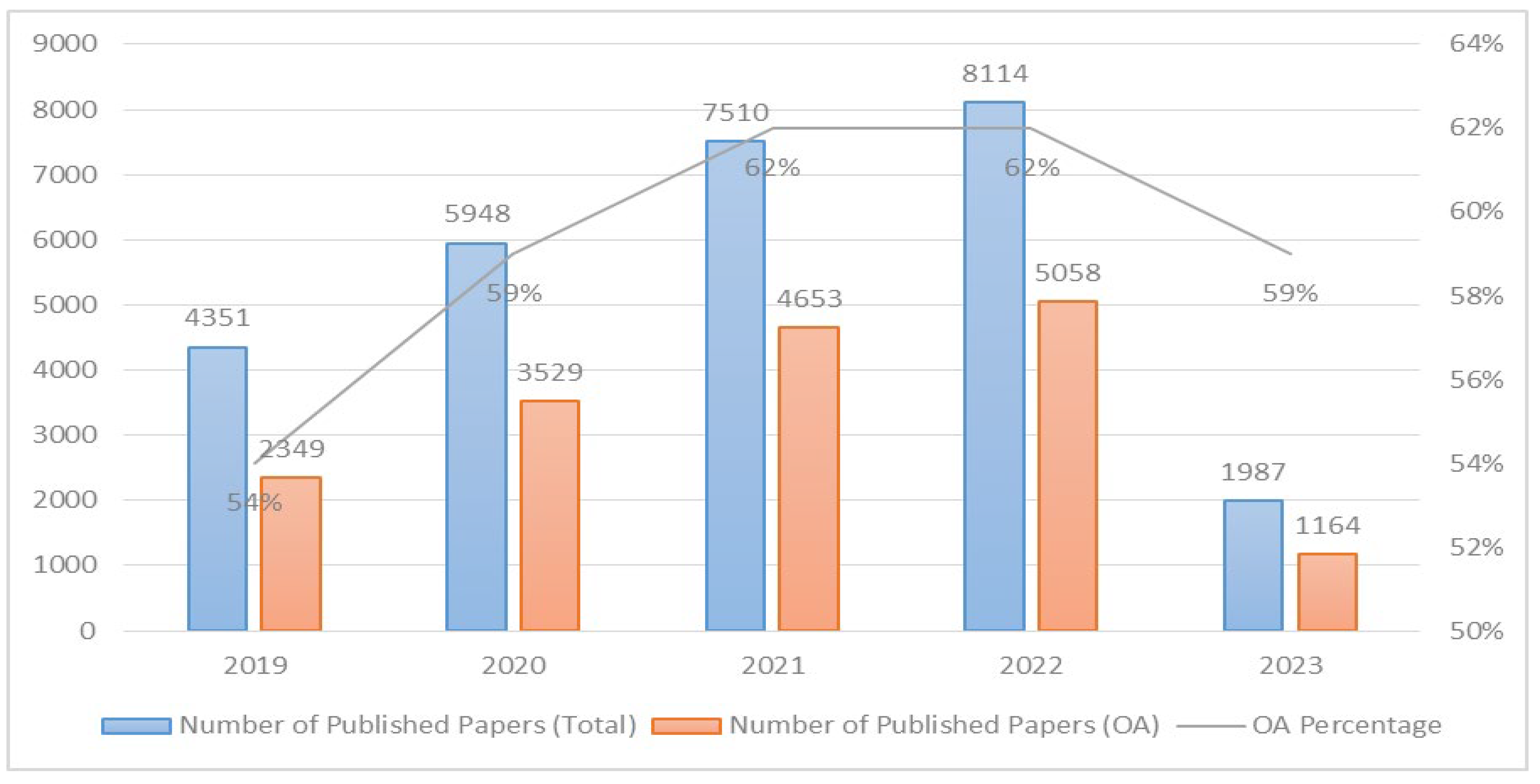
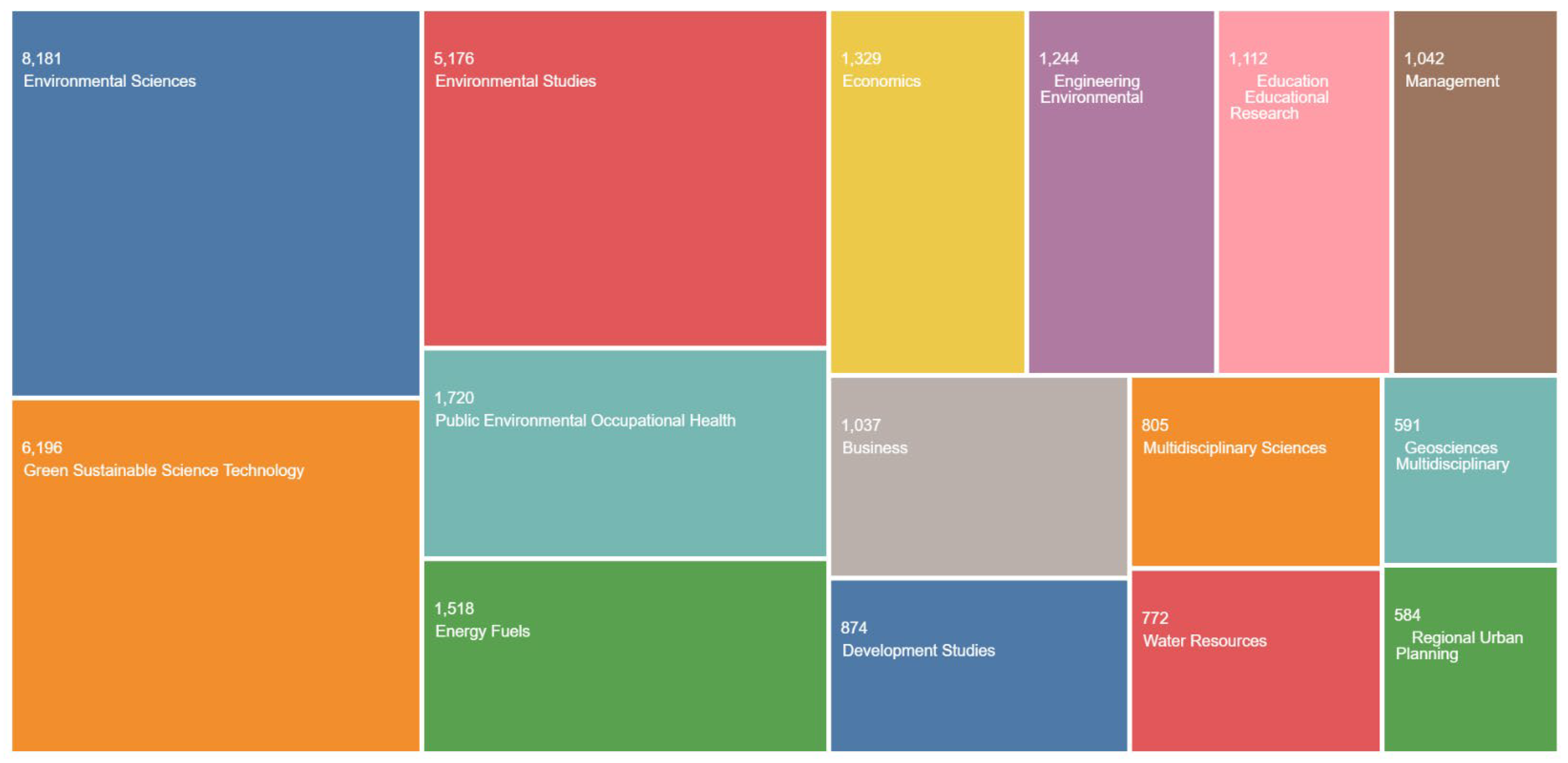
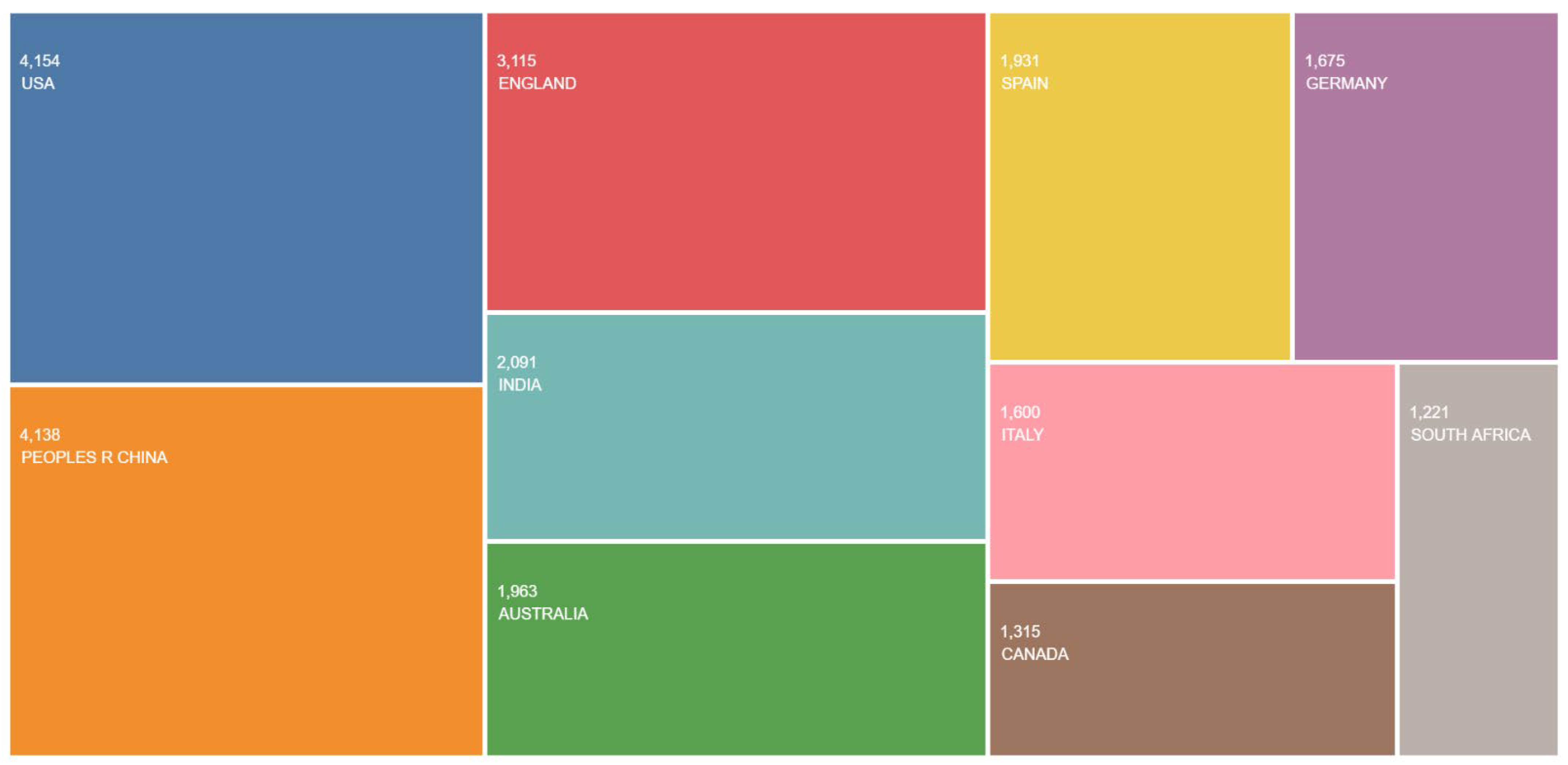
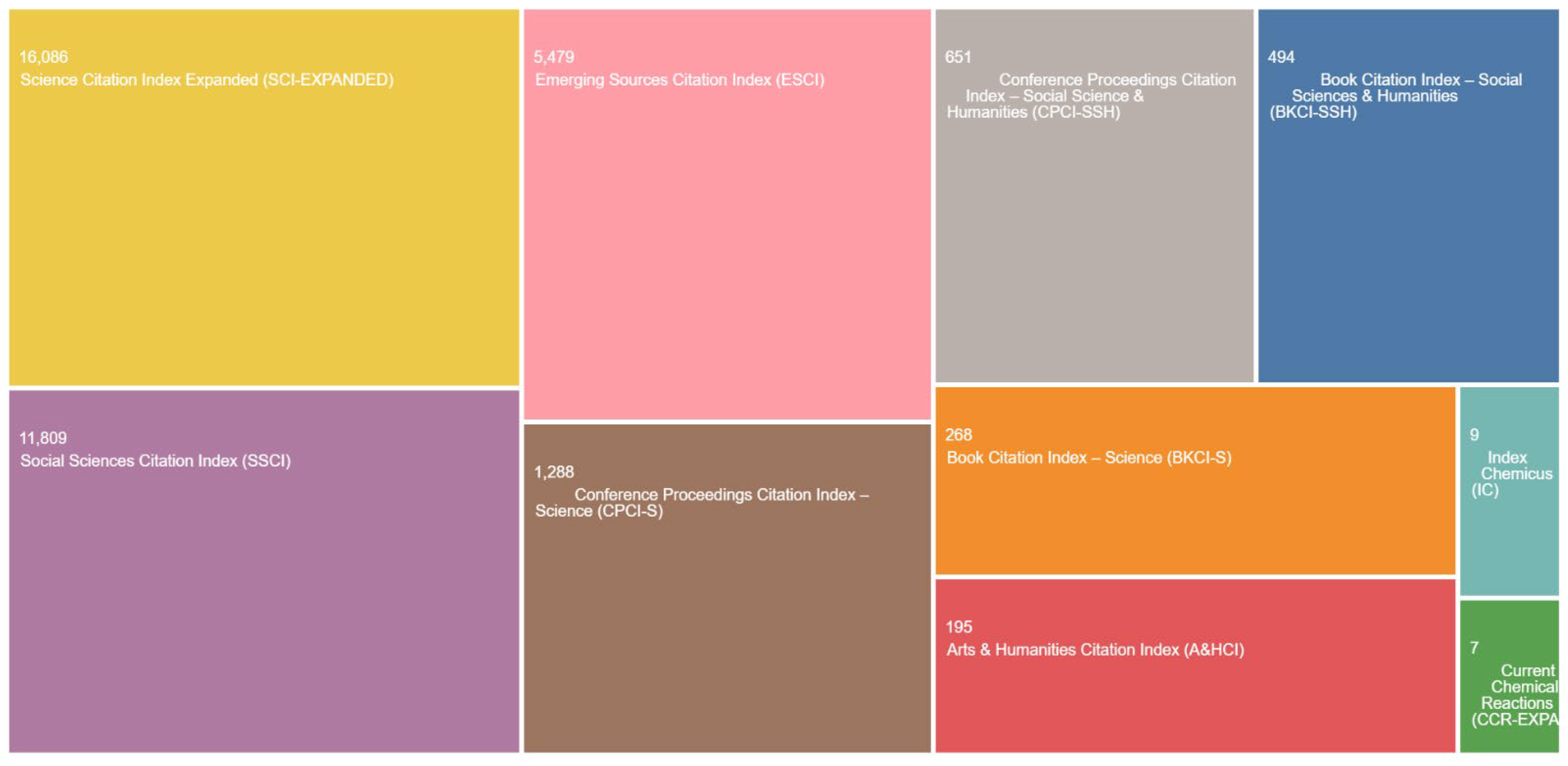
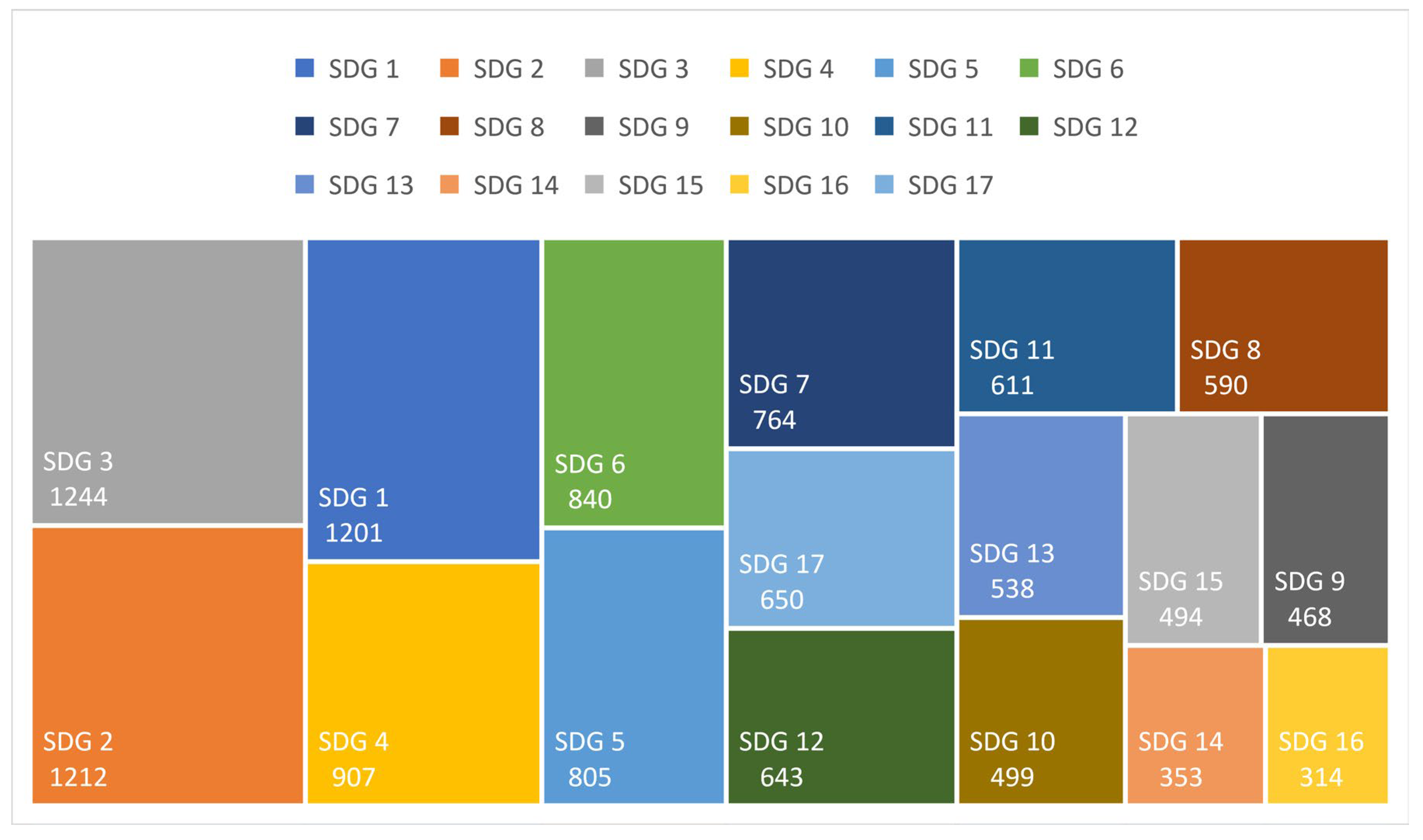
Disclaimer/Publisher’s Note: The statements, opinions and data contained in all publications are solely those of the individual author(s) and contributor(s) and not of MDPI and/or the editor(s). MDPI and/or the editor(s) disclaim responsibility for any injury to people or property resulting from any ideas, methods, instructions or products referred to in the content. |
© 2023 by the authors. Licensee MDPI, Basel, Switzerland. This article is an open access article distributed under the terms and conditions of the Creative Commons Attribution (CC BY) license (https://creativecommons.org/licenses/by/4.0/).
Share and Cite
Ali, S.M.; Appolloni, A.; Cavallaro, F.; D’Adamo, I.; Di Vaio, A.; Ferella, F.; Gastaldi, M.; Ikram, M.; Kumar, N.M.; Martin, M.A.; et al. Development Goals towards Sustainability. Sustainability 2023, 15, 9443. https://doi.org/10.3390/su15129443
Ali SM, Appolloni A, Cavallaro F, D’Adamo I, Di Vaio A, Ferella F, Gastaldi M, Ikram M, Kumar NM, Martin MA, et al. Development Goals towards Sustainability. Sustainability. 2023; 15(12):9443. https://doi.org/10.3390/su15129443
Chicago/Turabian StyleAli, Syed Mithun, Andrea Appolloni, Fausto Cavallaro, Idiano D’Adamo, Assunta Di Vaio, Francesco Ferella, Massimo Gastaldi, Muhammad Ikram, Nallapaneni Manoj Kumar, Michael Alan Martin, and et al. 2023. "Development Goals towards Sustainability" Sustainability 15, no. 12: 9443. https://doi.org/10.3390/su15129443
APA StyleAli, S. M., Appolloni, A., Cavallaro, F., D’Adamo, I., Di Vaio, A., Ferella, F., Gastaldi, M., Ikram, M., Kumar, N. M., Martin, M. A., Nizami, A.-S., Ozturk, I., Riccardi, M. P., Rosa, P., Santibanez Gonzalez, E., Sassanelli, C., Settembre-Blundo, D., Singh, R. K., Smol, M., ... Zorpas, A. A. (2023). Development Goals towards Sustainability. Sustainability, 15(12), 9443. https://doi.org/10.3390/su15129443


























